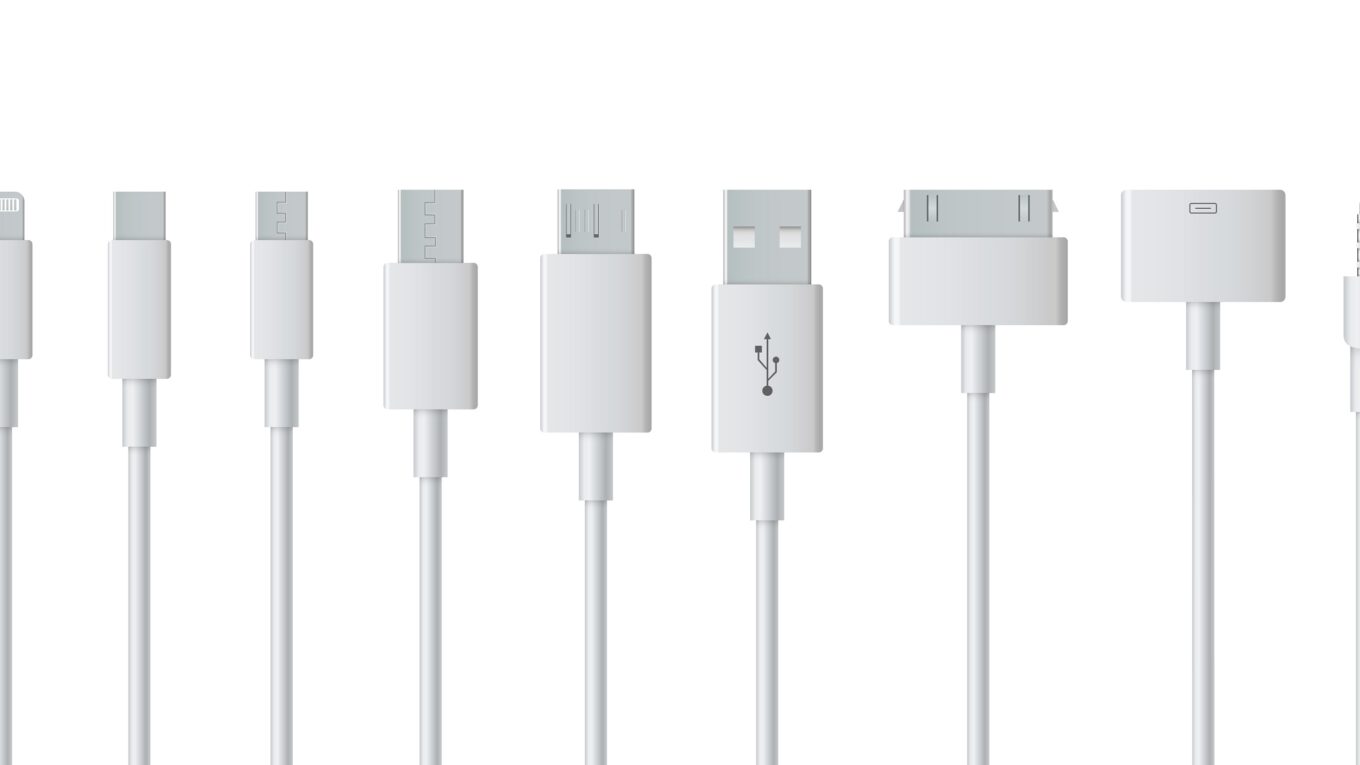Open standards open up potential: ECLASS Advanced makes Industry 4.0 a reality
Industry 4.0, Smart Factory, Smart Buildings: all these trends have one thing in common. Without a cross-location data exchange without media discontinuity, they will probably always remain dreams of the future. But in many cases this is anything but easy to realise. This is because most planners prefer a specific CAE tool (Computer Aided Engineering) for the creation of their project designs. This means that media disruptions are pre-programmed and product data cannot be automatically loaded into the tools and thus made usable. This challenge can only be overcome by open standards such as ECLASS Advanced.
94 percent: The overwhelming majority of German companies see Industry 4.0 as the prerequisite for remaining competitive in the future. This was determined by the industry association Bitkom in a recent study. According to the study, 59 percent of companies with more than 100 employees are already using applications from this area, 22 percent are planning to do so and 17 percent can imagine doing so in the future. At the same time, only one percent of the companies state that Industry 4.0 is not an issue at all. Nevertheless, the full potential of self-organising industry is far from being exhausted. This in turn is often due to the disagreement between software providers and the manufacturers of product components.
Media discontinuities inhibit the CAE industry
Let’s assume that company X develops switch cabinets and other smaller low-voltage systems: to do this, it works together with company Y, which already produces the first pre-configured components for company X. This means that the electrical engineers of X and Y must be in regular exchange with each other in order to be able to open, analyse and comment on each other’s CAE projects and also import them into their own CAE software. It is obvious what problems arise when this is prevented by media discontinuities. However, these inevitably arise as soon as incompatible systems are used.
Another, even more important example: Company X works with a very specific CAE solution and would like to retrieve product data from a renowned component manufacturer for a new project in order to be able to use it in the planning. Here, too, media discontinuities often prevent an automated process. The result: the planners have to invest valuable time in manually researching the required product data and manually entering it into the project.
The last example in particular clearly shows that the economic potential of Industry 4.0 can only be fully exploited when all product data is available in an open standard. Robot-assisted production is a suitable example that shows the possibilities that standardised product data and open standards already open up today. For its work, a manufacturing robot always needs exact information about the workpiece it is working on – for example, that components are being soldered, cut or otherwise modified. The product data mentioned includes essential information such as length dimensions or material properties such as behaviour when heated. Only with this information are fully automated production processes possible. But without open interfaces, access to this data would not be possible and robot-assisted production would be utopian at best.
But thanks to standards such as ECLASS Advanced, some pioneers in the field of Industry 4.0 are already taking over all the necessary data automatically in the robot-assisted production of their products. They are thus impressively demonstrating how the smart factory can become reality.
Standardised data for complex projects
However, the potential of standardised data for the CAE market is by no means exhausted in the production context. Integrated and highly complex projects also benefit from it. For example, AmpereSoft is involved in the “ServiceFlow” research group at the Technical University of Dresden. The goal of this cooperation is the development of an open service platform along the entire value chain of smart buildings. The biggest challenge here is the seamless collaboration between architects and electrical engineers. For example, the information about where the control units for the smart lighting will later run along and what heat they generate must already be taken into account in the architectural planning. Here, too, standards such as ECLASS Advanced are indispensable.
Because of the crucial role ECLASS Advanced plays in the field of smart buildings, an ECLASS Advanced Taskforce has been formed to work together with buildingSMART International. The aim of the cooperation is to make the digital planning platform Building Information Modelling (BIM) even more attractive. Leading companies from the construction industry such as Hager, Schneider Electric, Siemens, Strabag, Weidmüller, Würth and AmpereSoft GmbH are among those involved. This is a further step towards an integrated process for the planning and implementation of smart buildings.
Conclusion
Undisputed: Industry 4.0 is on the rise and is quickly becoming the decisive criterion for many companies that will determine long-term success. But for successful implementation, smooth data exchange without media discontinuities is essential. This requires open standards such as ECLASS Advanced. With them, the prerequisites for further development of the industry are created and existing potentials no longer remain unused.

